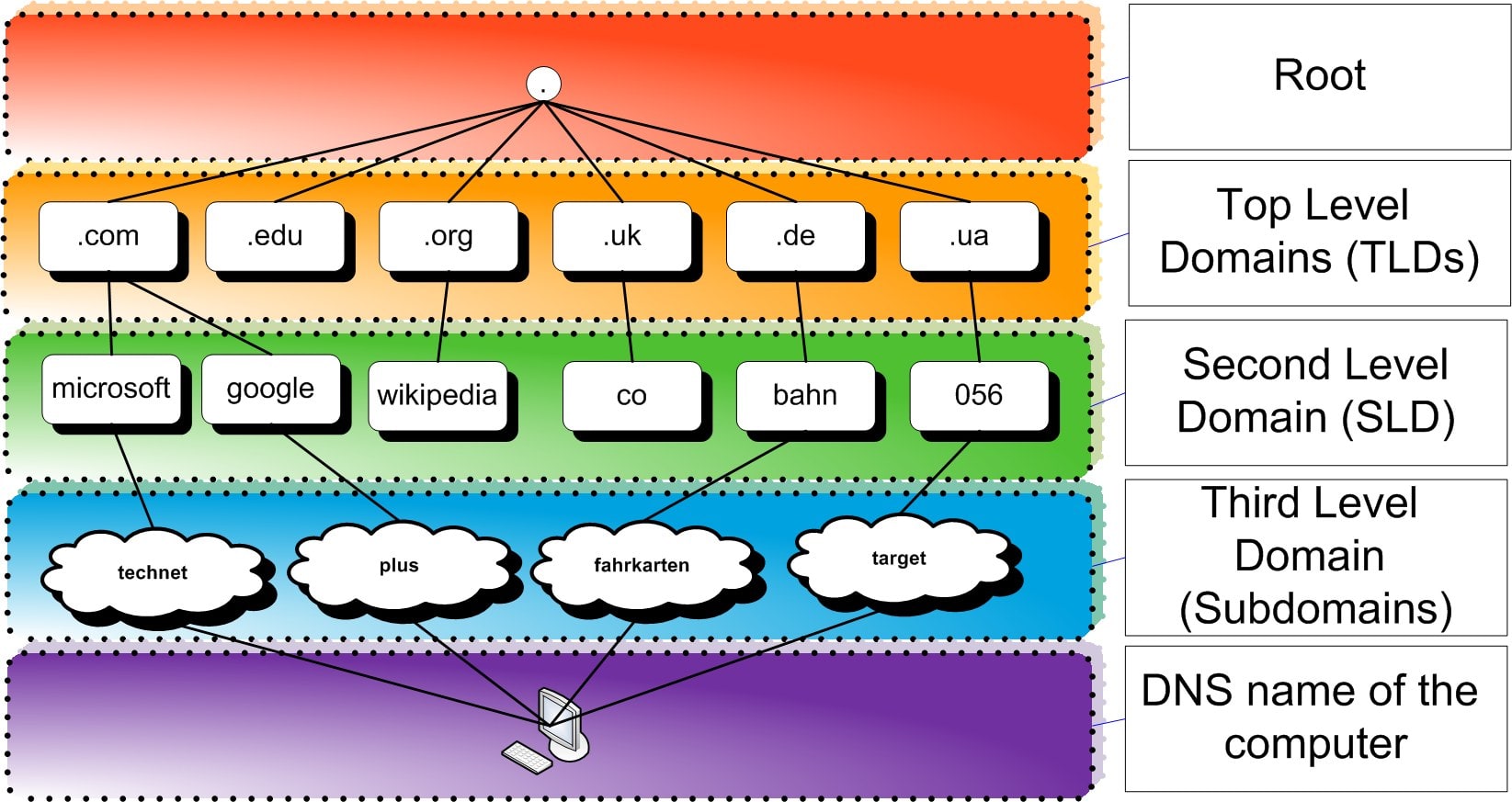5 Resignation Letter Tips
Resigning from a job can be a challenging and emotional experience, but it’s essential to handle it professionally to maintain a positive relationship with your former employer and colleagues. A well-written resignation letter is crucial in this process, as it formally notifies your employer of your decision to leave and provides a record of your departure. Here are five resignation letter tips to help you craft a professional and effective letter:
Firstly, keep it formal and professional. Your resignation letter should be written in a formal tone, avoiding any negative comments or complaints about the company, colleagues, or supervisors. This is not the time to express any grievances or settle scores. Instead, focus on expressing your gratitude for the opportunities you’ve had while working at the company and appreciation for the experience gained. Remember, your resignation letter will be kept on file, and you never know when you might need to ask for a reference or recommendation in the future.
Secondly, be clear and concise. State your intention to resign from your position clearly and concisely, avoiding any ambiguity or confusion. Specify the position you’re resigning from, the company name, and the effective date of your resignation. It’s also essential to include any other relevant details, such as your last day of work, any outstanding leave or benefits, and an offer to assist with the transition process. A clear and concise resignation letter will help prevent any misunderstandings and ensure a smooth transition.
Thirdly, provide adequate notice. The notice period varies depending on your employment contract, company policies, or industry norms. Typically, it ranges from two weeks to three months. Ensure you provide sufficient notice to allow your employer to find and train a replacement, complete any outstanding tasks, and make necessary arrangements. Failing to provide adequate notice can damage your professional reputation and burn bridges. If you’re unsure about the notice period, review your employment contract or consult with your HR department.
Fourthly, offer assistance with the transition. Demonstrating your commitment to a smooth transition can leave a positive impression on your employer and colleagues. Offer to assist with training a replacement, completing outstanding tasks, or providing information to ensure continuity. This not only shows your professionalism but also helps maintain a positive relationship with your former employer. You can also provide contact information, such as an email address or phone number, where you can be reached if any questions or concerns arise after your departure.
Lastly, proofread and edit carefully. A resignation letter is a formal document, and any errors or typos can create a negative impression. Take the time to proofread and edit your letter carefully, ensuring it’s free of grammatical errors, spelling mistakes, and formatting issues. Ask a friend or family member to review your letter before submitting it to your employer. A well-written and error-free resignation letter will demonstrate your attention to detail and professionalism.
In conclusion, a well-crafted resignation letter is essential for maintaining a positive relationship with your former employer and colleagues. By following these five tips, you can ensure your resignation letter is professional, effective, and respectful. Remember to keep it formal and professional, be clear and concise, provide adequate notice, offer assistance with the transition, and proofread and edit carefully. A positive and professional resignation letter will help you leave your job on good terms and maintain a strong professional network.
In addition to these tips, it’s crucial to consider the following best practices when resigning from a job:
- Be prepared for a conversation with your supervisor or HR department to discuss your resignation and any next steps.
- Tie up any loose ends, such as completing outstanding tasks or projects, before your departure.
- Leave on good terms, as you never know when you might need to ask for a reference or recommendation in the future.
- Take care of any company property, such as equipment or documents, and return them before your departure.
By following these tips and best practices, you can ensure a professional and respectful resignation that maintains a positive relationship with your former employer and colleagues.
For more information on resignation letters and professional etiquette, consider the following resources:
- Professional associations: Many professional associations, such as the Society for Human Resource Management (SHRM), offer guidance on resignation letters and professional etiquette.
- Career development websites: Websites like LinkedIn and Glassdoor provide tips and advice on resignation letters, job searching, and career development.
- HR departments: Your company’s HR department may have templates or guidelines for resignation letters, as well as advice on professional etiquette and company policies.
What is the typical notice period for resignation?
+The typical notice period for resignation varies depending on your employment contract, company policies, or industry norms. Typically, it ranges from two weeks to three months.
How do I ensure a smooth transition after resigning?
+To ensure a smooth transition, offer to assist with training a replacement, complete any outstanding tasks, and provide information to ensure continuity. This not only shows your professionalism but also helps maintain a positive relationship with your former employer.
What should I include in my resignation letter?
+Your resignation letter should include your intention to resign, the position you’re resigning from, the company name, the effective date of your resignation, and any other relevant details, such as your last day of work or outstanding leave.

